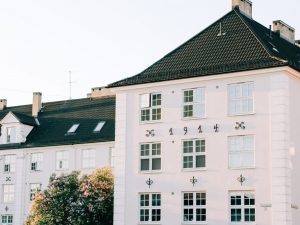High mortgage rates are putting a damper on homebuyers’ enthusiasm as the U.S. Census Bureau and Department of Housing and Urban Development report that sales of new homes shot down 16.6% in April.
In its fourth consecutive month of decline, home sales volume decreased to an annual rate of 591,000. Home sales were also down 26.9% year-over-year. This slow in homebuying comes just one week after the National Association of Homebuilders Sentiment Index reached its lowest number of current sales, future sales, and buyer foot traffic since June of 2020. Economists at Wells Fargo attribute some of this deterioration to the bizarre economic environment, in which households are generally financially stable, yet inflation is high. Consumers are emerging from the economic downturn in better shape than when they entered, says Wells Fargo, as savings accounts are much more prevalent than they were pre-pandemic. But buyers are being smarter and more cautious with their newfound wealth and have been tempted to save rather than spend, believing we may be in a housing bubble.
However, George Ratiu, Senior Economist and Manager of Economic Research at Realtor.com, says that it’s simpler than that: there just aren’t that many homes for sale. While buyer interest in new building construction has increased, fewer existing homes for sale means a higher demand and lower supply, driving mortgages to unaffordable rates. Currently, the 30-year fixed rate mortgage is almost 5.5%, compared to 3% this time last year. With the Federal Reserve aggressively raising interest rates in hopes of curbing inflation, consumers are increasingly concerned about what the future may hold for mortgage interest rates.
“The median price of a new home jumped 21% higher compared with last year,” Ratiu told U.S. News and World Report, “pushing the monthly mortgage payment about $660 higher, a 52% increase at today’s average mortgage rate.”




















